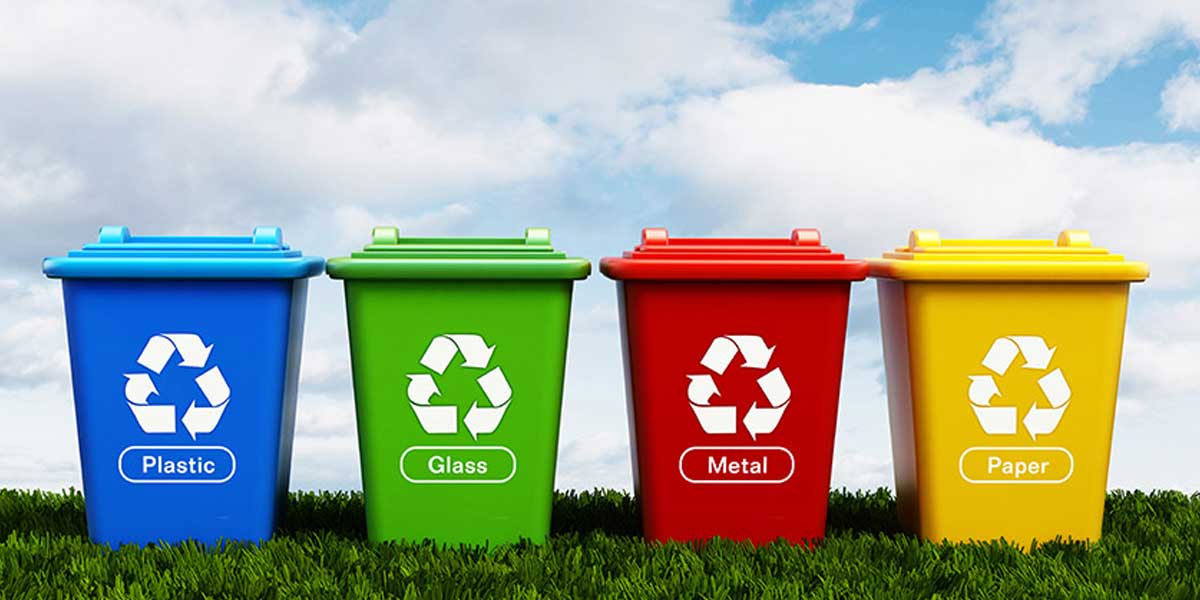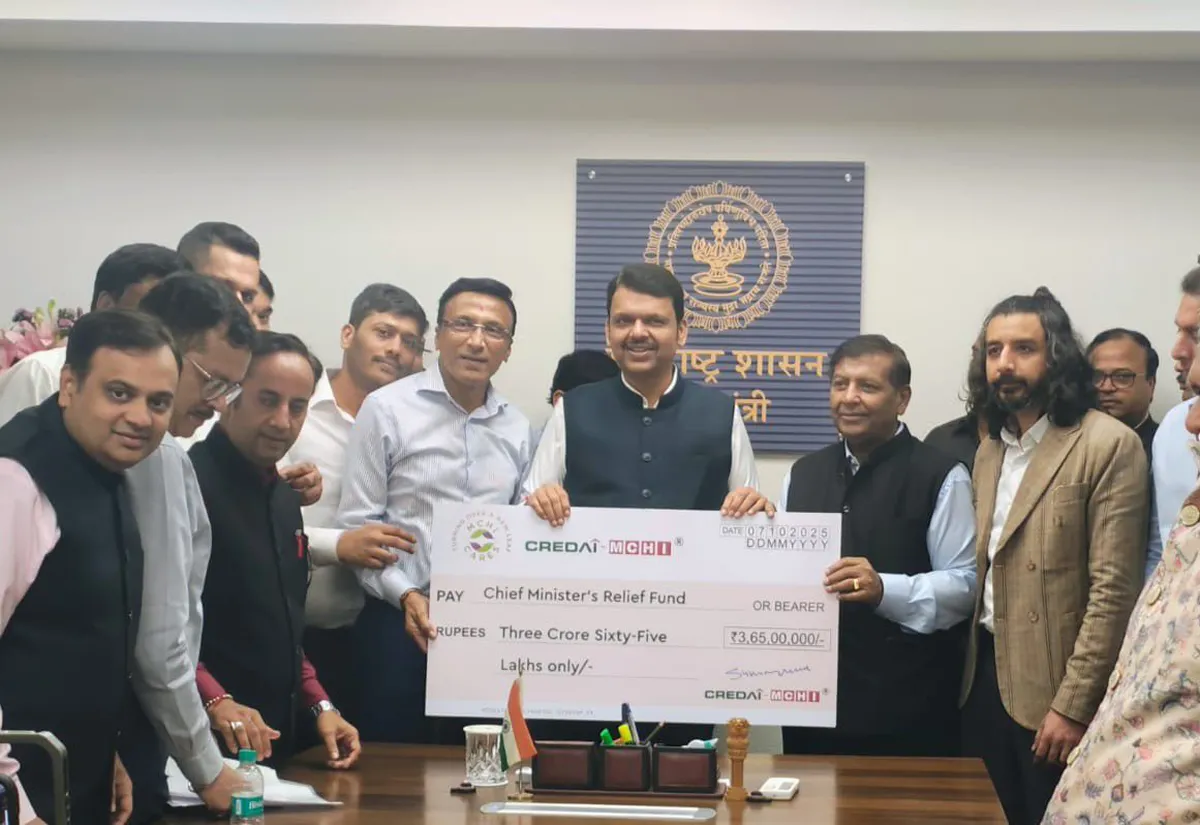

VECV to Manufacture Volvo Group’s Advanced AMTs in India
VE Commercial Vehicles (VECV), a joint venture between Volvo Group and Eicher Motors, announced an investment of Rs 5.44 billion to produce and assemble Volvo Group’s 12-speed Automated Manual Transmission (AMT). The greenfield facility will be set up at Vikram Udyogpuri Integrated Industrial Township near Ujjain, Madhya Pradesh, and will cater to India and select Asia-Oceania markets.This investment marks a new milestone in the 18-year VECV-Volvo collaboration, which has already made VECV a global hub for Volvo Group’s 5 & 8 Litre (MDEP) engines since 2013, reinforcing the Make in Ind..

Action TESA Drives Shift from Plywood to Engineered Wood Solutions
Action TESA, a leading player in India’s panel industry, is spearheading the market transition from traditional plywood to engineered wood solutions such as Moist Master, HDHMR, and Boilo. These high-performance boards are redefining modular furniture, kitchen, and decorative applications with superior durability, design flexibility, and finish quality.Engineered wood offerings from Action TESA provide consistent quality, dimensional stability, and smooth surfaces, unlike plywood, which can have knots or gaps. The Moist Master, HDHMR, and Boilo BWP FR boards ensure excellent machinability, m..

CREDAI-MCHI Donates Rs 30.65 Mn for Maharashtra Flood Relief
CREDAI-MCHI, the apex body of real estate developers in the Mumbai Metropolitan Region, has extended Rs 30.65 million to the Chief Minister’s Relief Fund to support rescue and rehabilitation efforts in flood-affected areas of central Maharashtra and neighbouring regions.The contribution was presented to Chief Minister Devendra Fadnavis by Sukhraj Nahar, President, and Rushi Mehta, Secretary, CREDAI-MCHI, in the presence of several leading developers from the Mumbai Metropolitan Region.A total of 44 member developers participated in this collective effort, underlining the real estate industry..
















